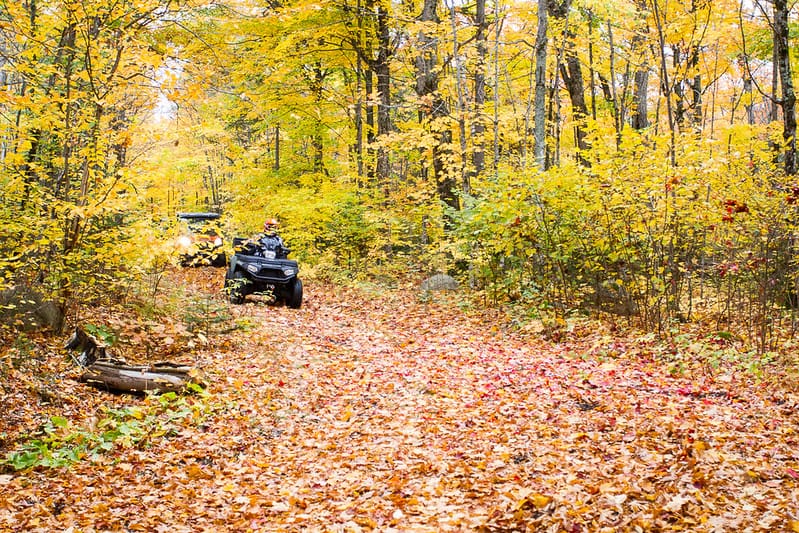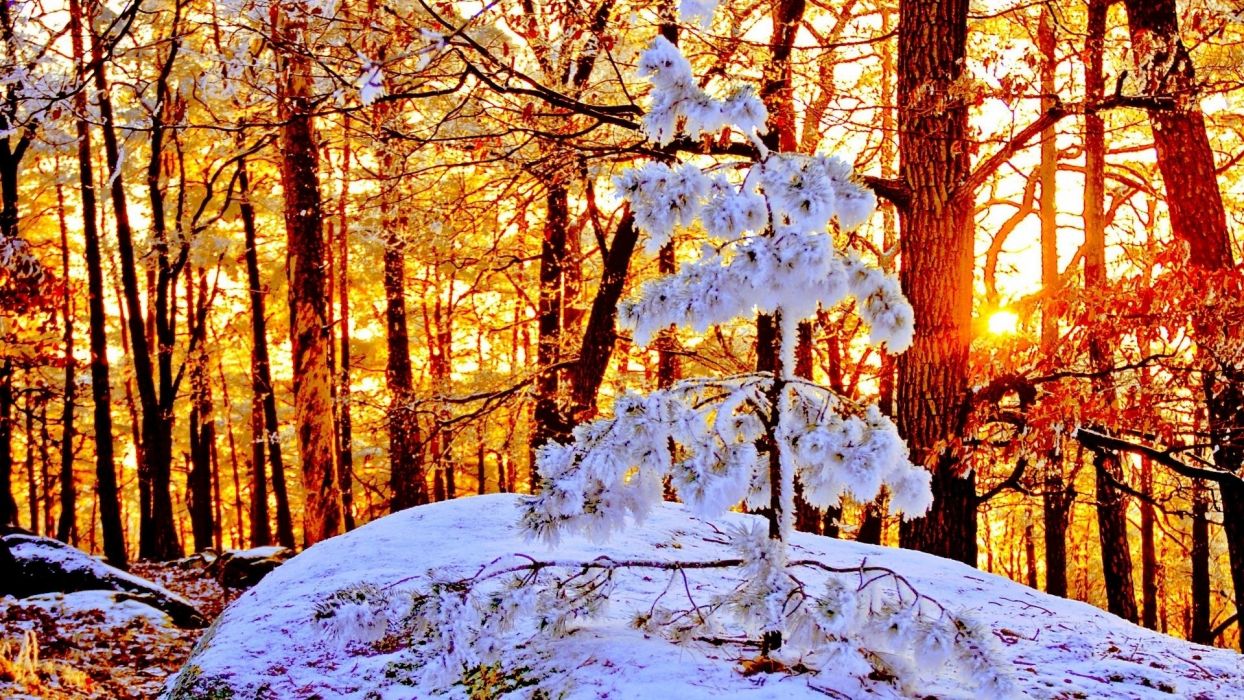Northwoods Maple Syrup
If you ever read the label on the back of a maple syrup bottle at the store, you will see that most have maple flavoring and artificial coloring, but natural maple syrup comes from Wisconsin state tree, the SUGAR MAPLE TREE. Wisconsin not only has the perfect climate for these trees, but produces 15 million gallons each year, putting our state in the top 5 for maple syrup production in the nation. I didn’t know any of this until last year when a friend asked me if I would like a bottle of homemade syrup. I was surprised because 1) I didn’t know he made syrup and 2) it wasn’t thick like the kind you buy, so I didn’t know what to expect. Let me tell you, the next time we met I told him it was the best syrup Monica and I have ever tasted and asked if he would tell me the whole procedure.
Well, it happens late winter/early spring because this is when sap starts to flow. Trees don’t grow in the winter and store sap in their roots and when the days are above freezing (LOW 40’s) the sap starts to move up to the branches. Then come night, when temperatures fall back below freezing, the sap goes back down to the roots. When this happens, it’s time to start harvesting the sap, but not every tree can be tapped. The tree must be at least 12 inches in diameter and in order to avoid stressing the tree, there is a limit of 4 spouts per tree that can be used. The holes are drilled around 4 feet above ground at a slight upward angle 1-1/2 to 2 inches deep and the spouts are tapped into the tree. The amount of sap dripping into buckets can vary year to year depending on the spring temperatures and all this happens in a 5-to-6-week span.
Each tree can produce 10 gallons (LOWER AMOUNTS IF IT’S LATE SPRING) of sap and, believe it or not because sap is 90% water, it takes close to 40 gallons of sap to produce 1 gallon of syrup. Although new techniques and equipment are used today, this process is basically still the same. The old school way is a long process (AROUND 5 HOURS FOR 5 GALLONS) of boiling, skimming, straining and the constant checking of temperature so the sap doesn’t boil or scorch. When the syrup reaches a few degrees over the boiling point, it’s removed from the heat and cooled to around 180 or 190 degrees then strained one more time to remove any remaining impurities and bottled. That’s how sap is turned into syrup, so when you buy syrup at your local store, try the all-natural pure maple syrup with no preservatives, coloring or additives. You might be surprised with the flavor of the pure syrup.




